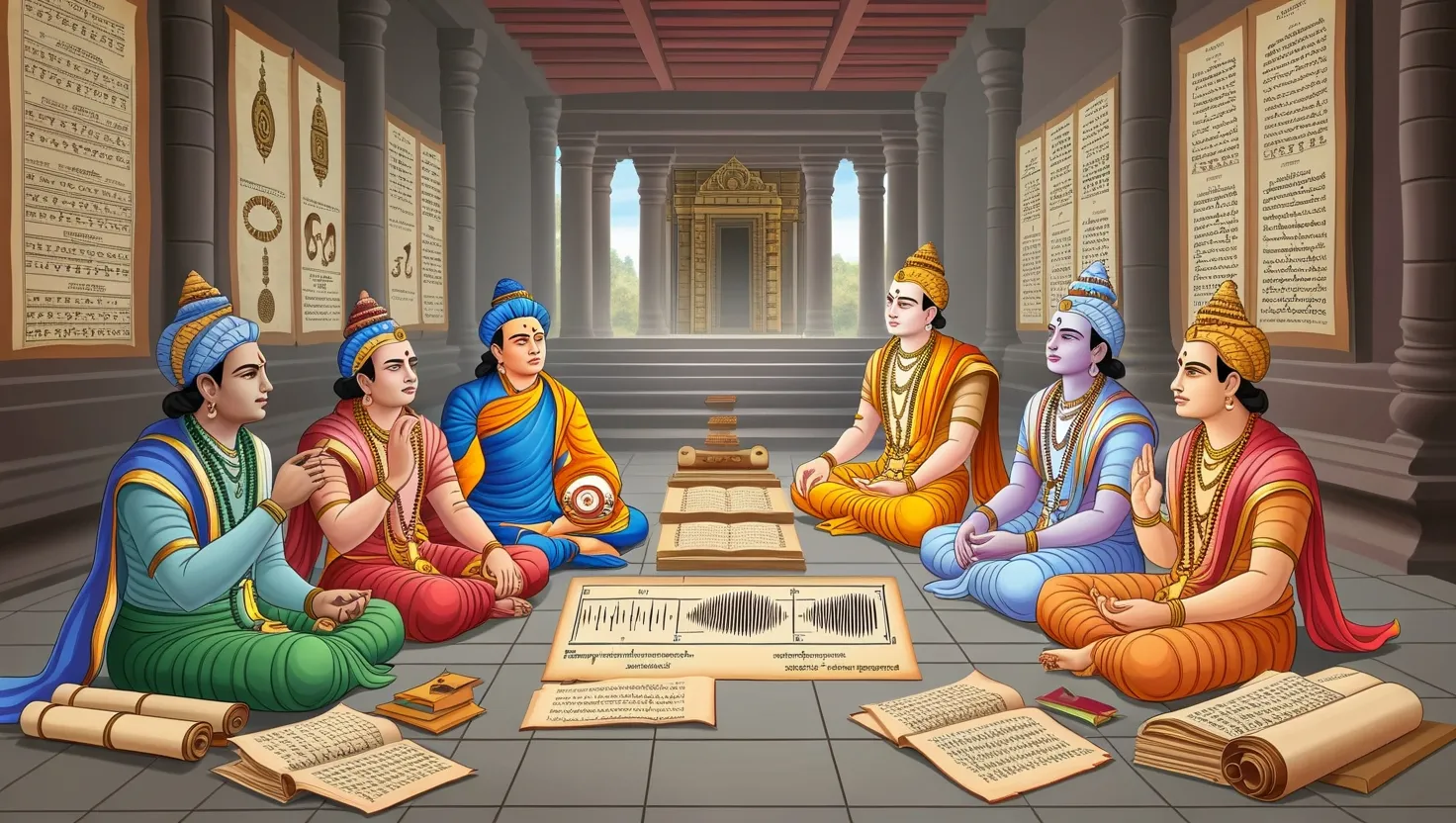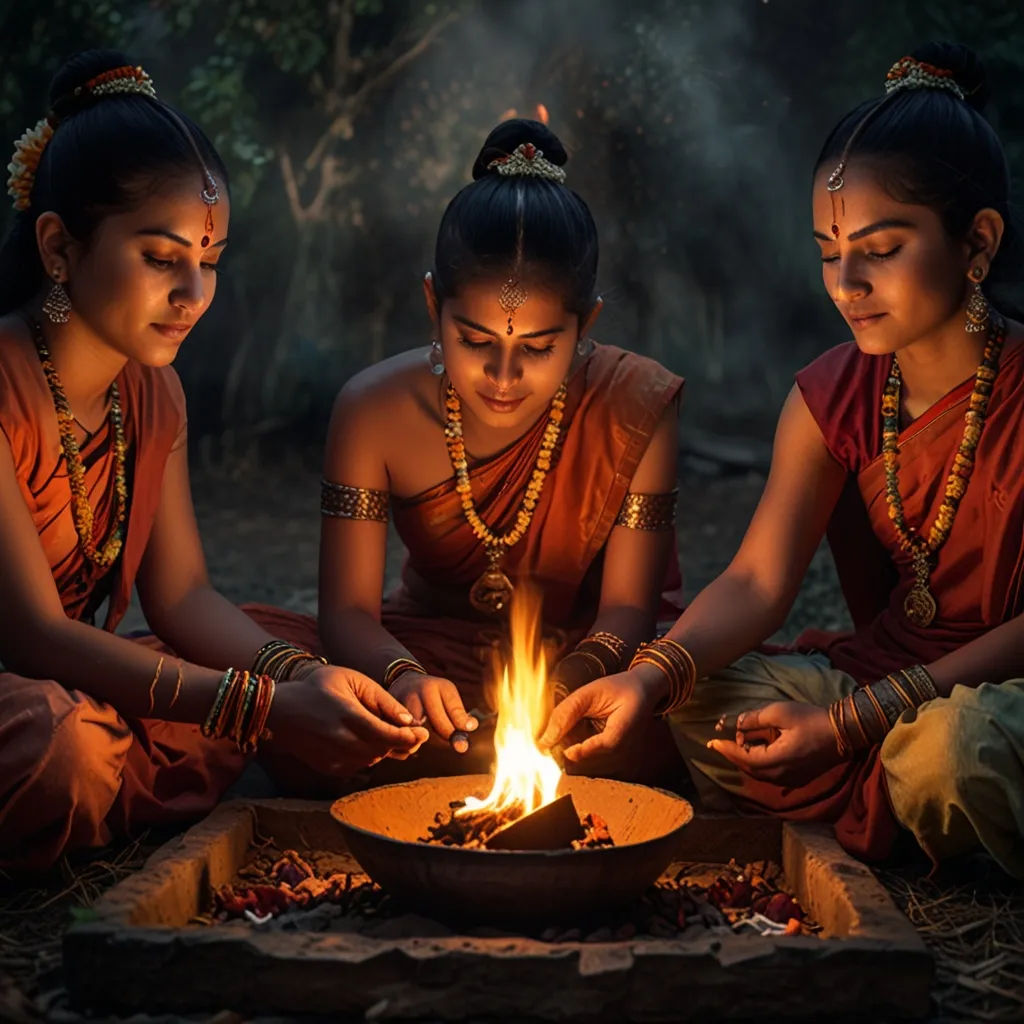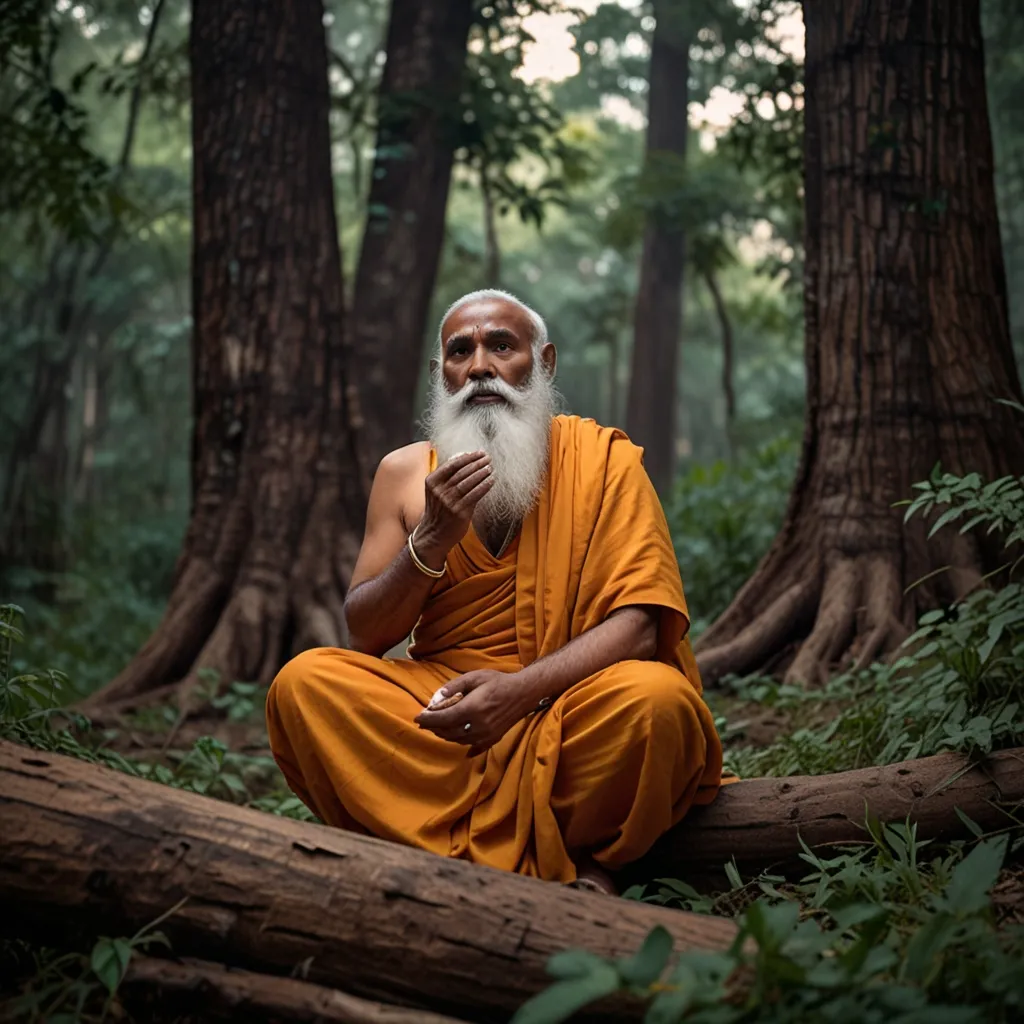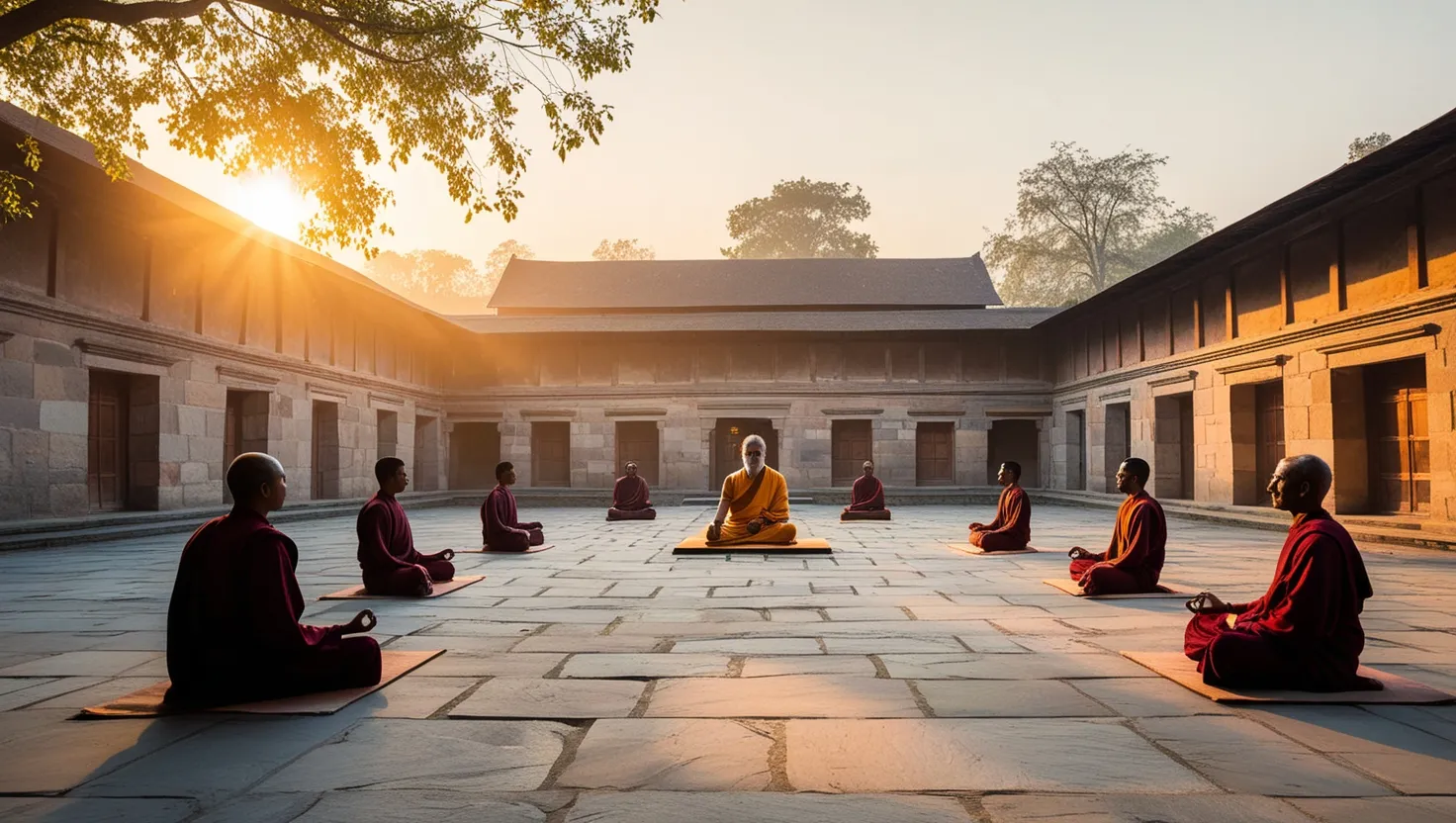Alright, let’s dive into the world of the Samaveda, this ancient gem that’s basically the musical heart of India’s rich cultural tapestry. Picture the Samaveda as the grand maestro of melodies and chants, laying down the musical foundations of Indian spirituality centuries ago. Not just any old book, it’s one of the four Vedas, the ancient texts holding the secrets of Hinduism. So, naturally, it’s got a massive influence on how Indian classical music and dance grew up to be what they are today.
Now, what makes the Samaveda special is how it’s a cool collection of musical versions of mantras from the Rigveda, the oldest Vedic text. From its 1,549 mantras, a whopping 1,474 are plucked straight from the Rigveda, like a greatest hits album but of Vedic chants. The word “Sama” blends “Sa,” which means Vedic mantras, and “Ama,” pointing to the world of musical notes. Imagine words and melodies having a delightful dance-off, crafting a distinct kind of organized music essential for ancient rituals and ceremonies.
Let’s talk about its role in those Vedic rituals, shall we? During Yajnas, which are like mega-sacrifices, priests would break into hymns, calling upon the gods with their enchanting tune, throwing offerings into the sacred fire, Agni. The music wasn’t just there for kicks; it packed some serious spiritual punch, believed to turbocharge the offerings’ effectiveness. Speaking of which, the Samaveda Samhita, a lyrical assembly of those sacred tunes, was the go-to playlist for these ceremonies, making it a worship staple.
A cool part of the Samaveda is its ancient musical notation — among the oldest on the planet. These notations were penned down either in syllables or numbers, depending on which Samavedic school was calling the shots. This method was like a musical time capsule, ensuring the melodies and mantras were passed down untouched through the generations. The text itself is split into melody collections and verse “books,” each bringing its own music magic and ritual weight to the table.
The influence of Samaveda on Indian classical arts is nothing short of legendary. Its chant structure and theory became the blueprint for organizing principles in these arts. The Gandharva-Veda, which is like a mini Veda linked to Samaveda, dives into rules for playing various musical instruments, broadening India’s musical heritage. Besides India, Nepal too finds its classical music and dance deeply rooted in the Samaveda’s musical genius.
Nestled within the Samaveda are two mighty Upanishads: the Chandogya and the Kena. These delve into the philosophical depth, offering abstract musings and deep inquiries that add a layer of metaphysics to the Samaveda. The Kena Upanishad, for example, explores deep concepts such as Atman-Brahman, all about nurturing inner wisdom and ethical living.
Culturally and spiritually, Samaveda isn’t just floating tunes; it’s like a spiritual roadmap. It was the pioneer in proposing music as a divine road to spiritual awakening, a notion that gained traction with later texts. By then, music was hailed as the fifth Veda, or Panchama Veda, seen as an escape ladder from worldly attachments. The notion was that pure music, or Samgita, blessed not just the players but the audience too.
Even in modern days, the Samaveda’s age-old principles find ways to be relevant. The precision in preserving tonal purity can inspire today’s musicians to uphold integrity in their compositions. The notation styles and creative structures like Stobha might rub off on contemporary composers, especially those who treasure traditional techniques.
The Samaveda also serves as a model for seamlessly knitting music with spirituality. Artists today are continually inspired to create works that aren’t just ear candy, but also stir the soul. Although not directly mentioned, Samaveda’s concept of Nada-Brahman suggests that music can guide one on a spiritual journey — a powerful muse for artists aiming for transcendental creations.
Preserving musical heritage is another strong legacy of the Samaveda. The meticulous efforts to maintain its purity are lessons for today’s musicians wanting to safeguard cultural treasures. Today’s digital tools echo this spirit through music notation software, helping to archive traditional melodies for future generations. Recording traditional performances is akin to passing a torch of cultural legacy forward.
The Samaveda’s knack for creatively marrying music, sound, and spirituality sparks inspiration for those inclined toward innovation. Stobha, those non-verbal sounds enhancing melody, find resonance in modern music where vocal and instrumental surprises just enrich the experience. It’s the age-old balance of honoring traditional roots while pioneering something new.
Consider a contemporary composer spicing up a Samaveda tune with fresh rhythms while staying true to its soul. This mash-up of tradition and innovation not only captivates diverse audiences but also keeps the spirit of the Vedas alive and kicking.
In wrapping up, the Samaveda stands as a timeless vault of musical and spiritual wisdom. Its role in shaping Indian classical art, paired with its dedication to precise musical articulation, shows that it’s much more than an ancient relic. The harmonious merging of music with spirit, as inspired by the Samaveda, nudges today’s artists to create pieces that not only delight the senses but elevate the spirit. Through these ongoing artistic endeavors, the elegant essence of the Samaveda continues to echo vibrantly in our world.






